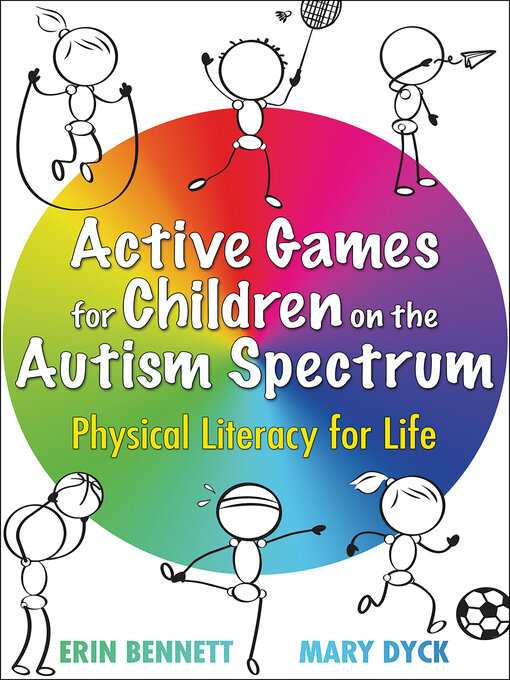That's where Active Games for Children on the Autism Spectrum comes in.
Theoretical Framework, Games, and Lesson Plans
This text provides both the adaptive framework teachers need and more than 80 games to help children on the spectrum take part in physical activity, learn from games, and enjoy being active.
Beyond the framework and games, the book will help physical educators, parents and caregivers, and others develop the courage, competence, and confidence they need to teach and help children on the autism spectrum.
Active Games for Children on the Autism Spectrum offers
Games Are Easy to Use and Purposeful
The games are easy to use, with clear instruction on how to effectively teach movement skills to all students, including those on the spectrum. The games are active, enjoyable, and imbued with purpose. They are accessible to anyone working with children on the autism spectrum in school, at home, or in other settings.
What Sets This Book Apart
What sets this text apart from similar books is its wealth of theoretical and practical content beyond the games. Its focus on physical activity, wellness, health, inclusion, and physical literacy in a wide variety of environments, along with its foundational content, makes Active Games for Children on the Autism Spectrum highly valuable to both experienced and inexperienced teachers, as well as parents and others working with children with autism. Chapters on physical literacy, adapting physical activity, planning, movement skills, community, family and friends, and fitness create a well-rounded, thorough exploration of how to help children on the spectrum enjoy the benefits of physical education and an active lifestyle. In doing so, these children can enhance their health, improve their motor skills, and strengthen their social skills.
